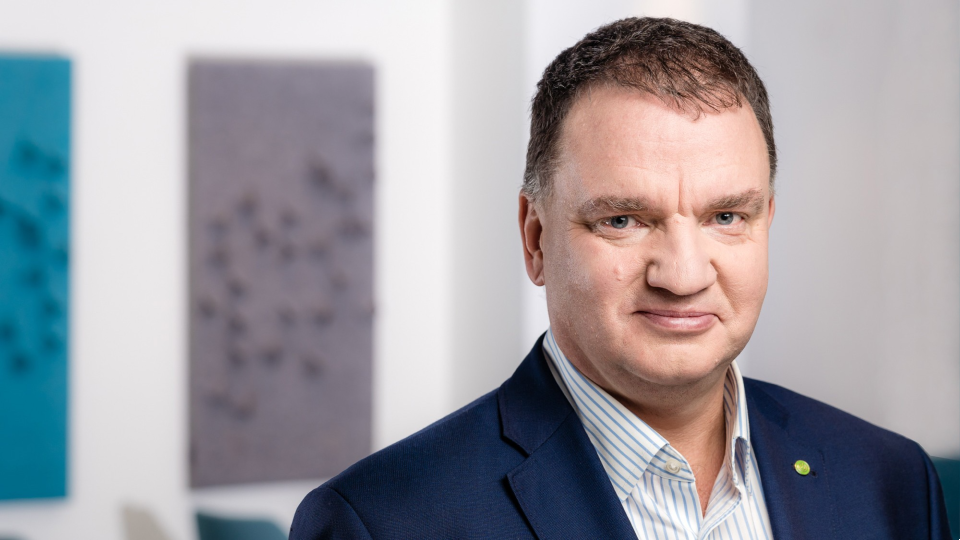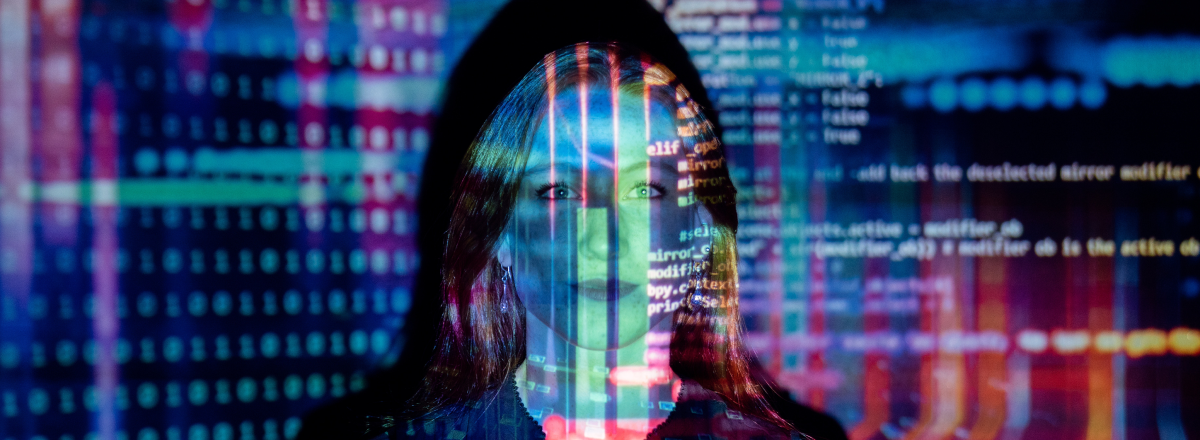-
your country
Have a specific need related to mobility?
Check out the Mobilize website that shows the offers in your country. -
explore Mobilize
Mobility seen as a set of services whose design starts with the vehicle, based on a technological platform! Find out about the mission and solutions of a new kind of brand.
read more -
mobility services
Whether you’re an individual, entrepreneur or professional in the transportation of people or goods, we develop customized services. You’ll find a solution perfectly suited to your needs.
read more -
battery recycling
What if an electric vehicle battery had multiple lives? Find out about all our initiatives for reusing batteries after their automotive life, thus helping to preserve resources and accelerate the energy transition.
read more -
#wearemobilizers
Our news, events, as well as articles, videos, infographics and podcasts decipher the major trends in mobility. Dive into a wide selection of content.
welcome aboard
Could you explain what your role is, as well as that of the Estonian Smart City Cluster?
I’m lucky to wear two hats: a more admin-centered one with the e-Governance Academy, and a more tech-focused, cross-disciplinary one via the Cluster. These roles allow me to help create a bridge between Information and Communication Technologies (ICTs), companies, and public administration.
I work with cities and government councils on digital transformation projects. For the last six years, Cluster has been working to bring cities and companies together, around ICTs and transport for example, while asking the following question: how do we create a space for brainstorming and experimenting, all in service of a city’s residents? By working together, companies and public administration can invent new things. Companies don’t always understand how government councils work and vice versa, particularly regarding things like profitability and development. But for modern innovation to happen, we need them to work together, which the Cluster helps facilitate.
In Tartu, you’ve already helped modernise areas of the city that date back to the Soviet era. What’s the next step? Could Information and Communication Technologies help reduce carbon emissions from housing?
Yes, ICTs can offer solutions for reducing carbon emissions. With regards to mobility, yes, but especially in relation to housing. We’re currently looking at intelligent housing that could regulate its own temperature (through heating or air-conditioning) whenever necessary, and could even plan out temperature a few days ahead of time—a system that we could combine with solar panels, for example. We’ve renovated several buildings in Tartu, and from here on out, we’ll be thinking about how to use technology for improved building isolation.
Apart from housing, what other aspects of urban life are part of Tartu’s smart city plan?
A year and a half ago, we redesigned public transport routes with help from phone operators and data experts. The bus network wasn’t organised properly. By analysing people’s anonymous travel data, we realised that the main bus routes weren’t adapted to meet the actual demand. From that, we redesigned routes in accordance with peak travel hours and patterns, helping us optimise traffic flow. This also helps reduce our carbon footprint as buses are travelling fewer kilometers.
And you did this using resident data?
Communication is extremely important. In this case, all the data is anonymous and must be kept by phone operators for a certain amount of time for the authorities. But yes, in other cases, the primary issue is the importance of the data collected. We need to collect lots of data, to store it somewhere, but also to think about people’s privacy. Today’s cities don’t really know what data is collected, how to store it, or what to do with it. That’s the next challenge. If data scientists and cities work together, we might be able to find some ideas.
Tech innovations aside, smart cities are first and foremost designed to serve their residents. How do they relate to health and social services?
Unfortunately, in Estonia, health is not considered the city’s business. As for social services, the question we need to ask first is: how do we let people maintain their independence? Should we use sensors to help us get around our own houses? How do you monitor older people, or physically and/or mentally handicapped people without becoming a kind of “Big Brother”? We need to find a way to do that without being intrusive. We’ve thought about solutions like recording daily activity through say, refrigerator, toilet, or water use. If activity suddenly stops, someone could be called to come check on the person living there.
The idea here is not to collect data, but to be able to compare general patterns of a person’s daily life within a given period. The key is to keep it simple for people and families in a time when many Estonians would prefer to stay home rather than go to a nursing home.
To do that, we’re working with companies on solutions that take into account another very important consideration: sustainability and responsibility. These are the types of questions we need to address for clients, citizens, families, and the government.
Is it possible to extend this philosophy to the mobility sector in order to create more independent forms of innovative mobility?
Before we get to self-driving cars, it’s important to strengthen public transport and multi-modal platforms within the city, but also across the rest of the country. In Estonia, a third of the population lives in rural areas, and intends to stay there. And as more people start working from home, the question of mobility is going to become more and more important. Today, in rural areas, you need a car to get to the nearest transport hub. It’s even more of a crucial question for older people and doctors. Rural areas are less accessible, and that’s something we have to work on.
One way to respond would be by creating a public service where everyone can act as someone’s driver – a kind of Uberification of the neighbours, who could help people in difficulty to get around. It would also be possible to create a public mobility agency in isolated areas that would facilitate journeys, or help you travel that last kilometre. These are all things we’re thinking about. What’s important here isn’t data, but simplification.
How could we be sure this would work?
Cities need to adopt a test-and-learn mindset. It’s okay if it doesn’t work—the people and the government should be able to forgive them. The key thing is to try to make people’s lives easier.
What are three changes you think we’ll see in the next three years?
First off, using and understating data is the key to the future. City organisation is going to change, or cities will start linking up with others. Tomorrow’s leaders will be those who can understand and decipher these changes. Next is renewable energy. We’re planning to spend a lot more time looking not at how to store energy, but how to use and reuse it intelligently, for example within a closed-circuit. And last, I’d say it’s the ability to predict. Predicting needs through artificial intelligence. It won’t be Big Brother or Minority Report, instead, analysis will be based on predictable patterns that will help simplify people’s daily lives, and anticipate their needs and issues.
What’s the next project you’re working on?
We’re starting to think about the future of online shopping and delivery. How do we redesign the system to reduce its carbon impact? To do this, we’ll be asking people about their shopping habits and delivery preferences via surveys or studies led by research institutes. We’re looking at things like creating a collection hub for online purchases, simplifying pick-ups, and how to avoid having delivery vans making useless trips.
What’s your dream smart city?
I dream of a smart city where all the services and technology I need are invisible, but accessible in some way or another. The perfect smart city will predict what I need so that I don’t have to go get it myself. The city must run simply and smoothly for all in order to make life easier. If my children are going to school, I need to know the travel options in advance. Services could offer older people simple, non-intrusive solutions, or ask them if they need help with anything. The perfect smart city would let me handle all paperwork via smartphone. Overall, a smart city isn’t just about creating a hub for technology and apps, it’s about making admin, transport, public functions, and relationships simpler and more fluid.
Interview by Vincent Thobel, L’ADN journalist
L’ADN is the media on innovation that every day analyses the best concepts of the new economy on the web and in magazine format.
Copyright: Joonas-Sisask




